Art Critiques: Seeking Out the Opinions of Professionals
The prospect of subjecting my body of artwork to critique by an exceptionally accomplished artist and teacher lead to mixed feelings of fear and excitement all at the same time. While I brought the portfolio review on myself, I still wondered if I would leave the experience unscathed and empowered or if I would feel cut down to size. The one thing I did keep in mind going in was the knowledge that in order to continue to grow as an artist I must stay open to learning from others and hearing out the good, the bad and the ugly without taking any of it too personally.
As we all know art is very subjective, so it’s not wise to be one-and-done with critiques and reviews. When we seek out a variety of trusted individuals to look at our artwork through the lens of experience, we can start “connecting the dots” as far as the direction we are headed. With a wide range of input we can put together the common threads of what they all like and what they all deem as areas to improve upon. In this post, I’ll share how going into a professional review with an open mind can lead to exponential growth for artists.
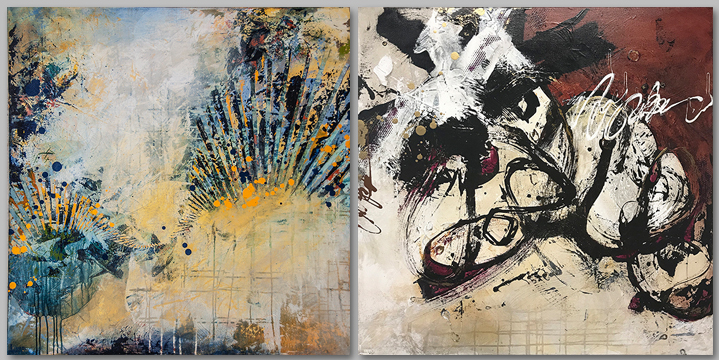
WHAT TO EXPECT
The basic elements of an art critique consist of description, analysis, interpretation, and judgment. In the description phase, the critic collects all of the information you might see on a label next to a piece of art in a museum. Information such as your name, title of work, year it was painted, medium, canvas size, etc. At this point, the individual critiquing the work has most likely spent some time combing through the portfolio on your website to get a handle on your style, use of color and composition.
The Analysis
Interpretation
Judgment
MY EXPERIENCE
One great way to arrange a quality review is by talking with artists that you admire and asking them who they would suggest for critiques and workshops. As luck would have it, one of my favorite artists Mark English was speaking recently at a fine art gallery close to my studio. After the event we spoke briefly and he suggested I talk with his son John English, an extremely accomplished artist in his own right. From that exchange, my portfolio review was set with John and I was ready for anything I heard…good or bad.
Paintings from my Chromatrail Series Collection have sparked very favorable interest from galleries, a high-level art advisory as well as a recent art critique.
He walked through a few paintings in this series and pointed out compositionally successful ones as well as a few that he felt didn’t work as well. Interestingly the ones he picked out that he felt were strong I already knew were good, so that was nice confirmation. The feedback on some of the paintings that he felt were not as strong surprised me, but it led to discussion around my process which was tremendously beneficial. What he uncovered as we talked was that I don’t have true process and that I go on instinct and expressionism. To a point it’s great to rely on natural artistic ability, but to move to the next level every great artist develops a process.
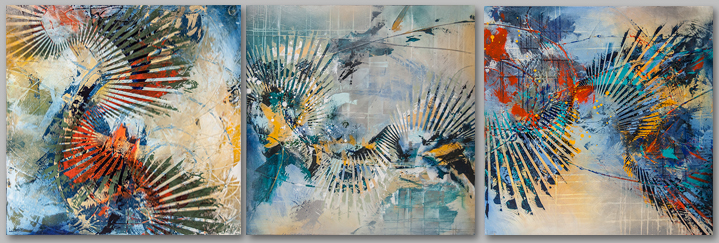
My take away on the portfolio review was that I was given outstanding feedback on color, value, movement, composition and most surprisingly…process! I was empowered to trust my instincts a bit more when evaluating my own work and where I spend my time creating. I was also given suggestions for workshops and community life drawing events that could change my artwork in significant ways. Just by exposing myself to a highly professional art critique, the lightbulb went on in some totally unexpected ways!
Take critiques and reviews for what they are; information to help you grow as an artist. They are not intended to crush your spirit or give you the impression that, “now you’ve made it.” Build on the information you receive, keep searching for new opportunities to hear what others think of your work and confidently grow your presence as an artist.
Have you gotten a professional art review of your portfolio? If so, what was your experience and was it a helpful, or not? Share your critique experiences below!

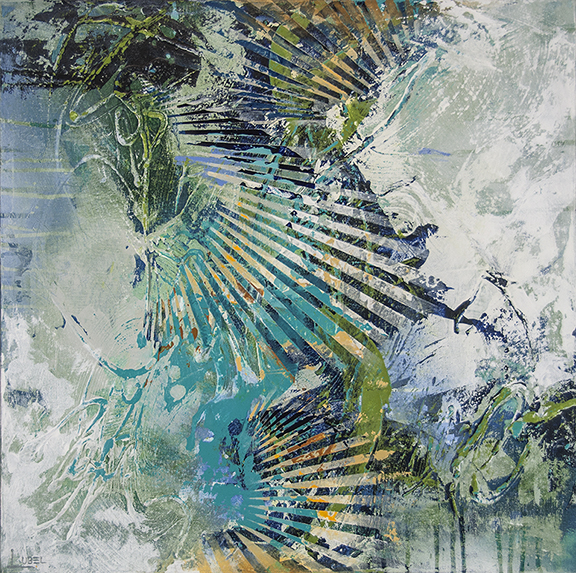
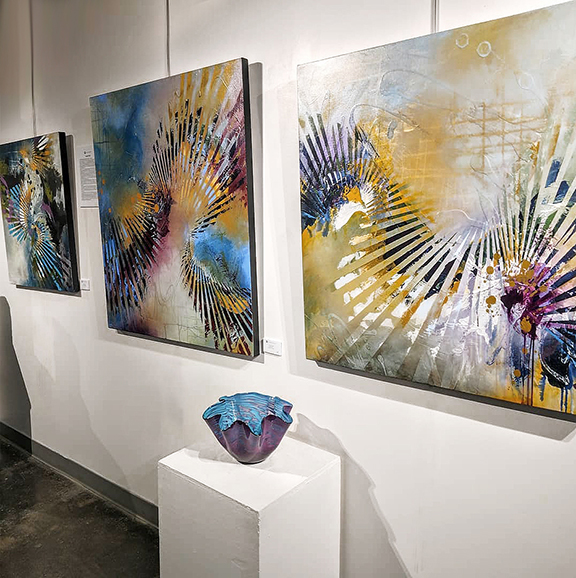
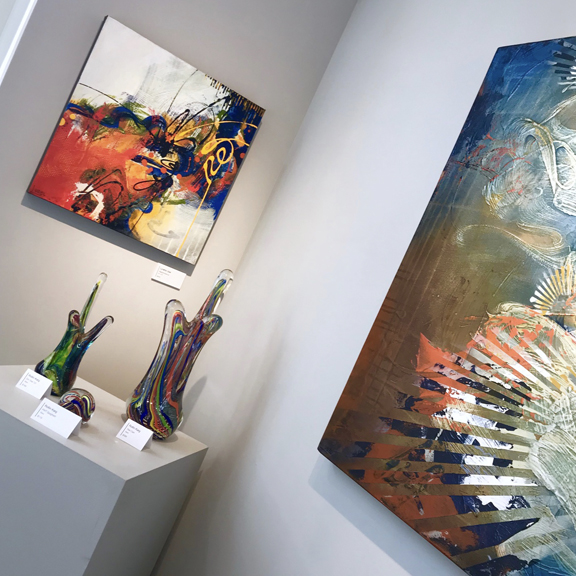
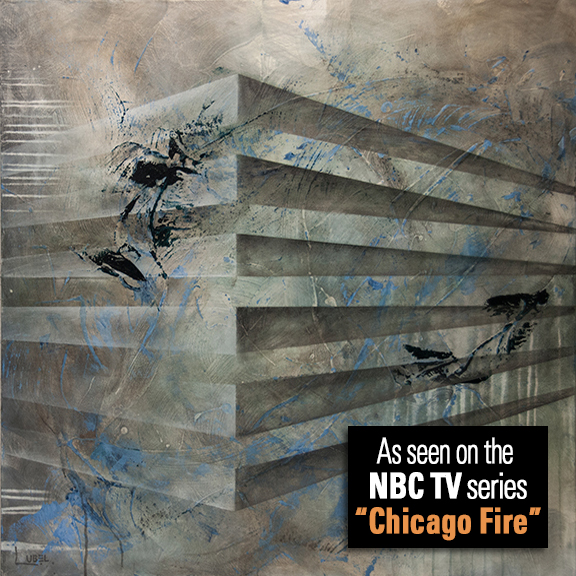
This Post Has 0 Comments